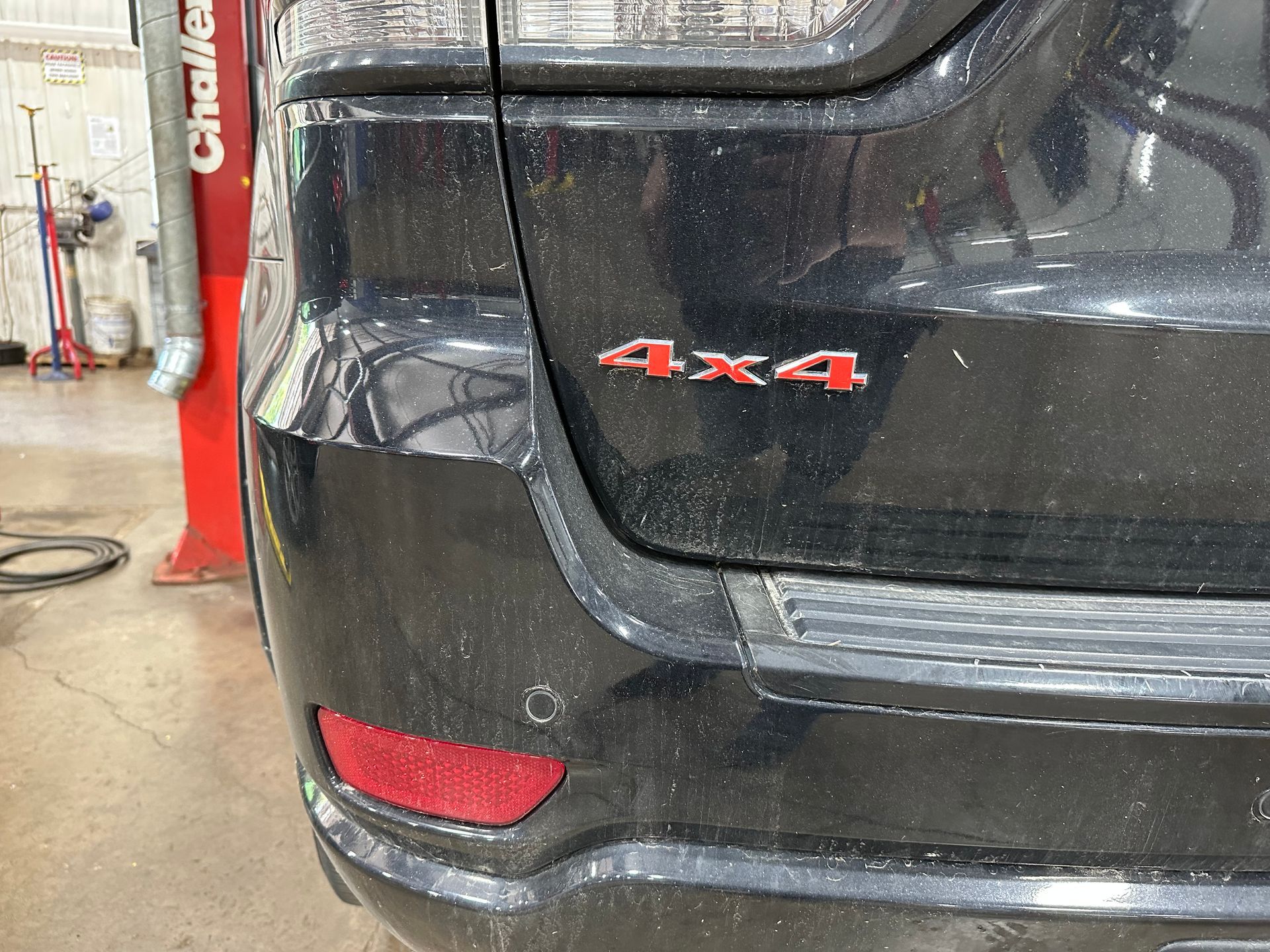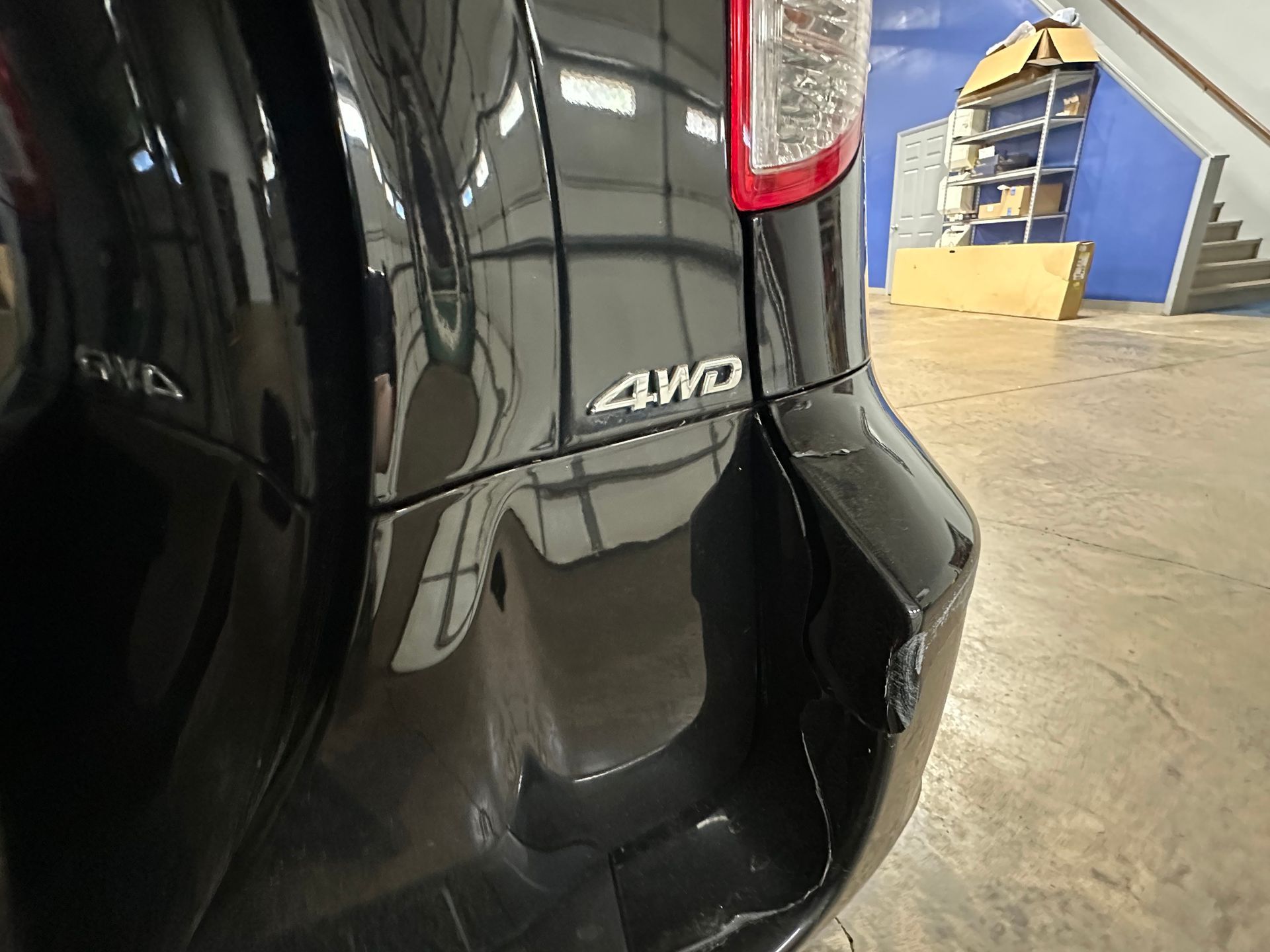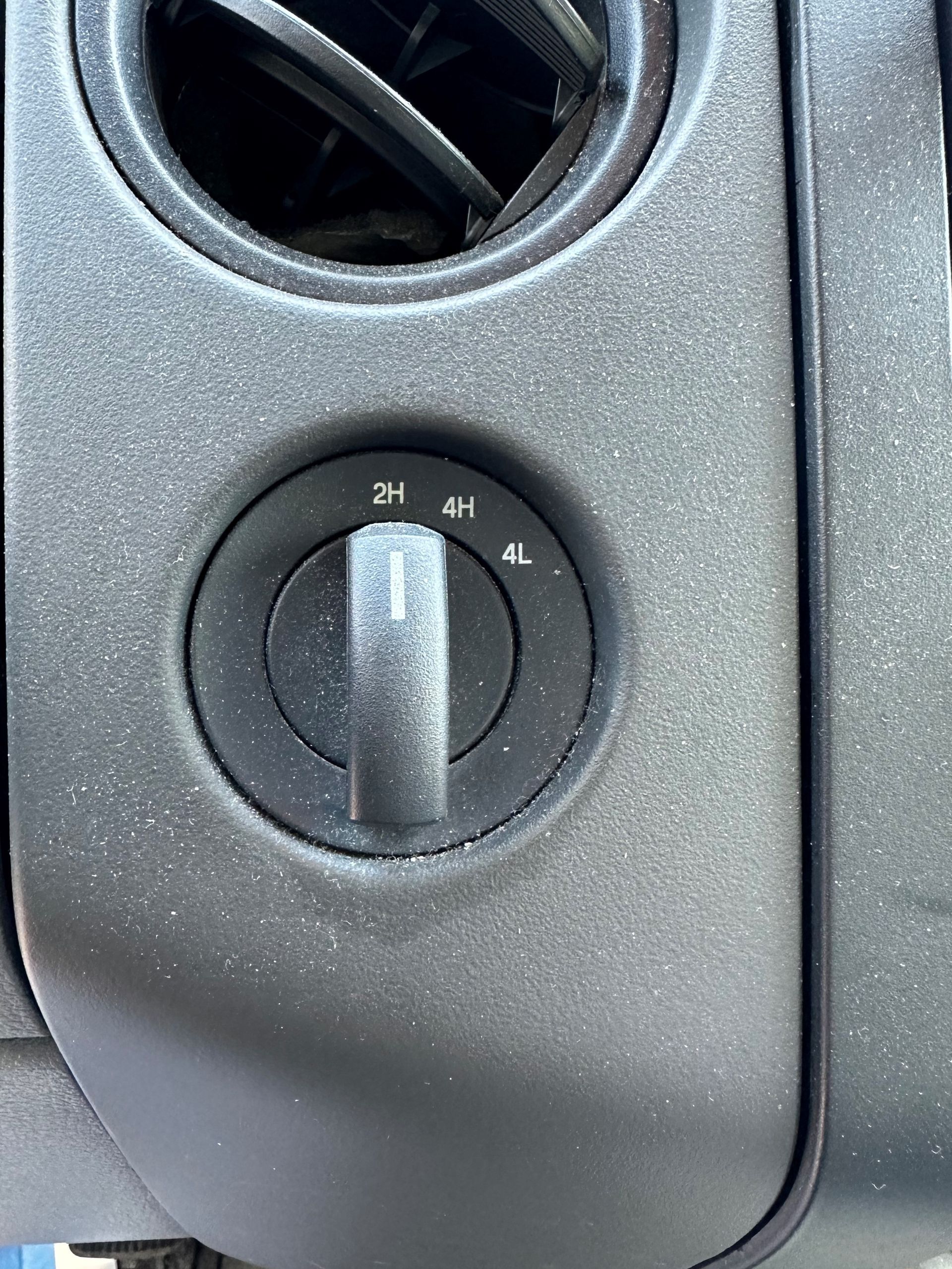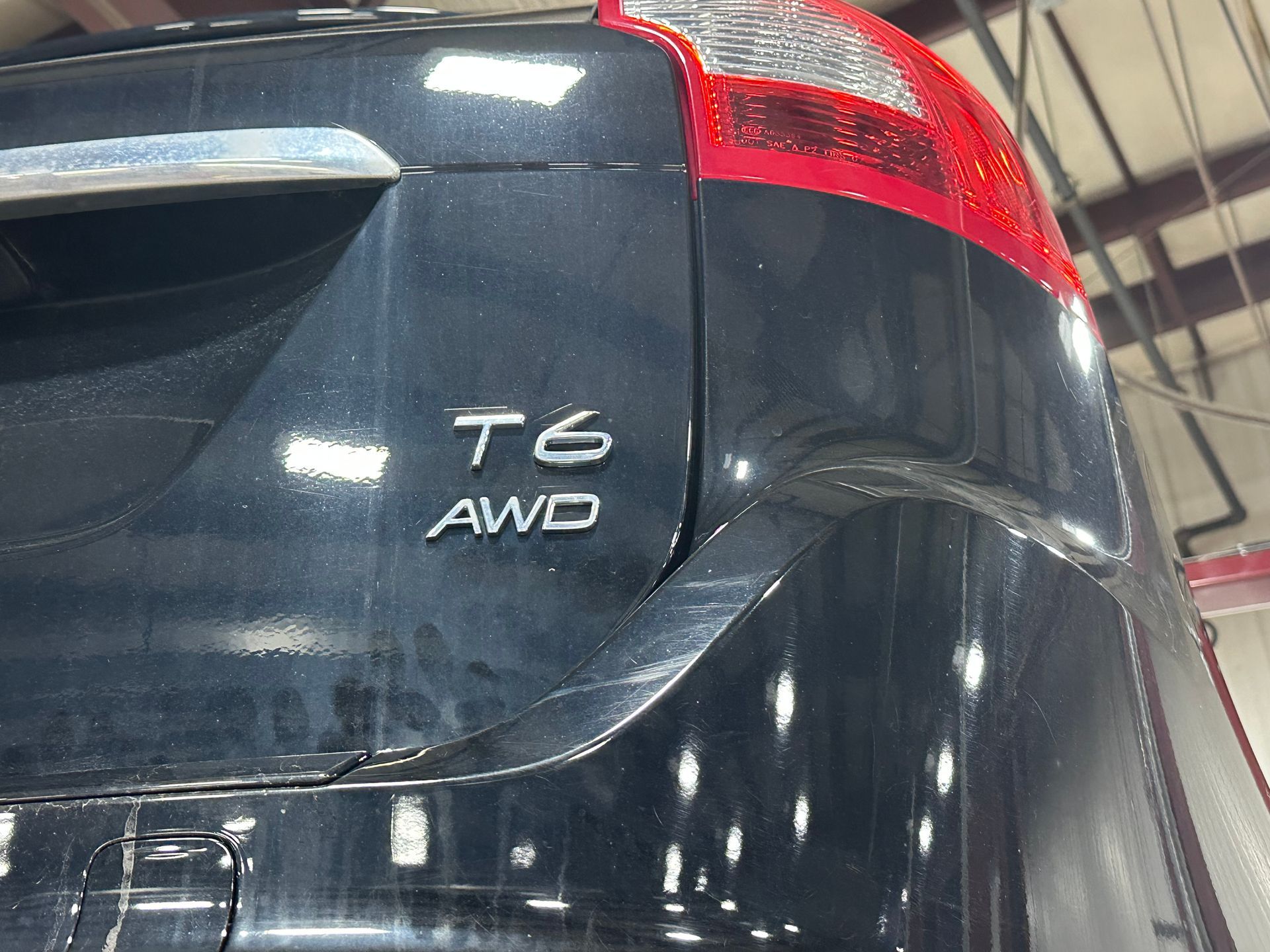
When it comes to choosing a vehicle, you may have come across the terms AWD and 4WD. These two terms may sound similar, but they refer to two different types of drive systems in a vehicle. Understanding the difference between AWD and 4WD is important. Especially if you are looking to buy a vehicle that can handle challenging terrain or weather conditions. Learn more about their key differences to see which one is right for your driving needs.

AWD stands for all-wheel drive. This means that all four wheels receive power from the engine at the same time. This type of drivetrain is found in cars and SUVs. And it offers better traction control and handling in slippery conditions. AWD systems can distribute power between the front and rear axles depending on the driving conditions. This means that AWD vehicles can handle snowy or wet roads better than 2WD vehicles. AWD is also useful for drivers who encounter varying road conditions. And drive on city streets.

4WD stands for four-wheel drive. This means that all four wheels receive power from the engine simultaneously. 4WD is found in trucks and SUVs, and it is ideal for off-roading and towing. In 4WD, the driver can switch between 2WD and 4WD modes if they need more traction for off-road conditions. 4WD is also useful for drivers who encounter steep inclines, loose gravel, and muddy or rocky terrain.

One of the key differences between AWD and 4WD is how power is distributed to the wheels. In AWD, power is automatically distributed between the front and rear wheels based on the driving conditions. In contrast, 4WD requires the driver to switch modes manually. This is usually through a lever or button on the dashboard. Another difference is the weight of the drivetrain. AWD systems are generally lighter and less complex compared to 4WD systems. These need more hardware and components to operate.

Another key factor to consider is fuel economy. In general, AWD vehicles consume more fuel than 2WD vehicles due to the added power to all four wheels. The difference in fuel efficiency is generally not significant for most AWD vehicles. In contrast, 4WD systems consume more fuel than AWD systems due to the added weight and complexity of the system.

Please note that some AWD vehicles are not always in AWD. Many are in either FWD or RWD depending on the type of vehicle. AWD automatically becomes engaged when there is slippage detected.
The difference between AWD and 4WD comes down to their operating systems. And each has its advantages and disadvantages. AWD is suitable for drivers who encounter varying road conditions. 4WD is ideal for off-road enthusiasts, towing, and drivers who encounter challenging terrain. When choosing a vehicle, consider your driving needs, driving conditions, and fuel consumption.
Lou's Car Care is the right choice for all your auto repair and maintenance needs. Proudly serving Baldwinsville, NY, and the surrounding communities since 1976. Call us or schedule your next appointment online today !
Let's Connect! Click on the links below to stay in touch with the Lou's Car Care Community:








